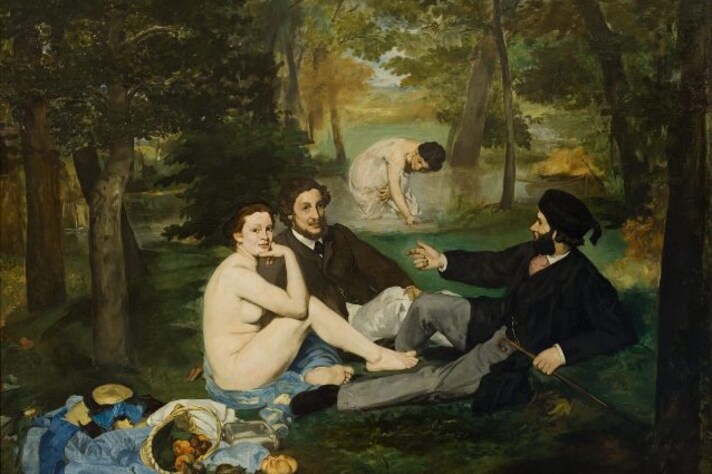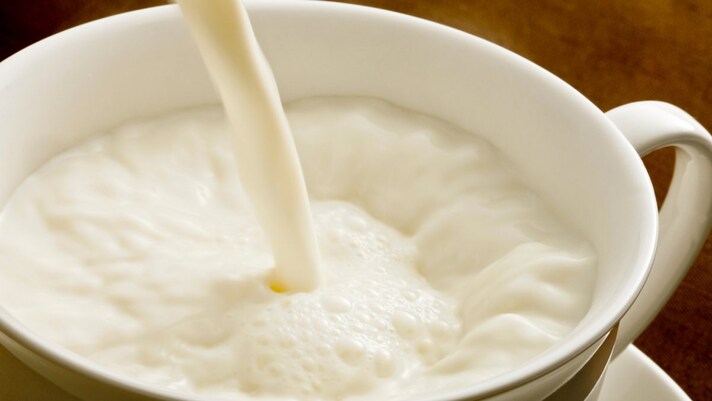The History of Picnics: Why Are They Called Like That and What Does Manet’s Painting Have to Do With It?
The history of the picnic was born in the most noble courts of Europe and the first users were the aristocrats. A masterpiece by Manet contributed to its diffusion.

If you think of a picnic, a carefree, happy day spent with family and/or friends immediately comes to mind . Perhaps the memory of first loves resurfaces, of days at the park, on the lawn, with a blanket, something to drink and a sandwich to eat in company. But where does this tradition come from and why such a singular name?
Why is It Called a "Picnic"?
The word "picnic" is English and can also be written with a hyphen, or pic-nic, because it in turn derives from the French term pique-nique. This word is the abbreviation of piquer, meaning "to take", "to steal", "to nibble", and nique, an archaic word that indicates something of little value. The term became widely used starting from the 17th century and, initially, referred to frugal moments "stolen" from home life or in the kitchen. It entered the English vocabulary in 1748 and immediately indicated the open-air and convivial meal, the playful moment with food prepared at home.
The History of the Picnic and Manet's Role in Its Diffusion
Eating on the grass, sitting on the ground, is a Spartan exercise and yet it was born in 1600 as a chivalrous pastime: a break during long journeys on horseback or hunting trips. In a very short time, the picnic became a fashionable social custom, especially among the nobility. Aristocrats from all over Europe organized meals in the middle of the fields or along the rivers: in reality, it was a very elegant way to escape the boring and very long court banquets, and it is no coincidence that this custom is especially adored by young aristocrats. The true supporter of the "picque-nique" was Queen Marie Antoinette, who was very fond of these outings in the meadows surrounding the Palace of Versailles. We could define it as a transgression, but a transgression widely accepted by the social class to which it belonged. Over the decades, the picnic left the gardens of the castles and evolved, reaching the lower social classes.

Its popularity and importance grew very quickly to the point that the picnic became the protagonist of numerous works of art: one of Manet‘s most famous paintings , "Le dejéuner sur l'herbe" preserved at the Musée d'Orsay in Paris, portrays one of these convivial scenes.
This painting contributes enormously to the fame of the picnic because it sparked discussion and becomes one of the most sensational artistic scandals in the entire history of art. The Parisian bourgeoisie were indignant about the naked woman painted by Manet and accused him of "scandalous indecency": it is not so much the nudity that made them discuss (Botticelli's Venus is older and also naked) but rather the fact that the presence of the naked young woman next to the two dressed men was not justified by any mythological, historical or literary pretext as in the case of Botticelli. The woman depicted by Manet is in fact an ordinary Parisian. The artist, harshly hit by the critics, admitted that he had depicted the naked and raw reality and that scenes like these were seen every day in the surroundings of Paris. The indignation mounts and reaches the ears of Napoleon III: all hell breaks loose, the king considers it despicable, an insult to morality. The ferocious criticism of Manet's work risks destroying the career of the realist painter but even at the time the numbers were counted: following the Emperor's resentment the affair gained further notoriety and Manet suddenly became the most famous painter in Paris. The scandal mounted furiously with one result: the entire capital queued for hours to get into the Salon des Refusés just to see the incriminating canvas. This affair dates back to 1863 but since the beginning of the century the picnic had taken on a meaning closely linked to sharing and brotherhood. The Picnic Society was even born, with members preparing food and exchanging it during outings.
Today this moment is more attributable to outdoor excursions, a meal in company during which to stop, enjoy the landscape and taste the dishes prepared for the occasion. Whether it is a pastime for families, for groups, or a romantic excuse for a date, the picnic has real rituals, with the related accessories, essential and recognizable throughout the world such as the wicker basket and the red checked quilt.
;Resize,width=767;)

;Resize,width=712;)

